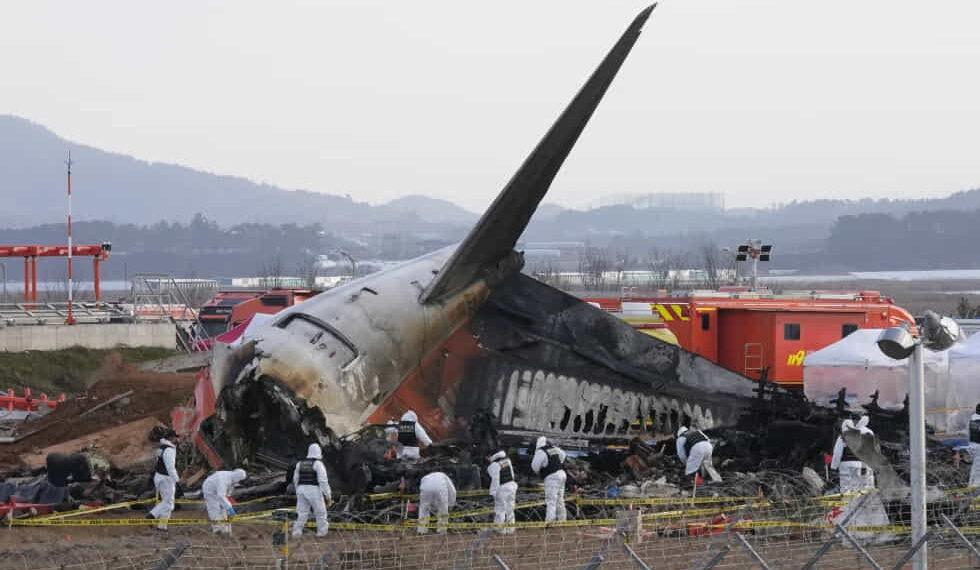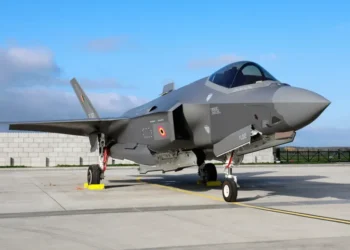Black Boxes from South Korea Plane Crash Failed to Record Final Moments, Investigators Say
The investigation into the deadly plane crash in South Korea last month has hit a setback, as the black boxes from the Boeing 737-800 failed to record the final four minutes before the disaster. The crash, which occurred on December 29 in the town of Muan, killed 179 people, leaving only two survivors from the 181 passengers and crew on board.
Black Boxes Stop Recording Before Crash
South Korean officials revealed on Saturday that both the flight data recorder (FDR) and cockpit voice recorder (CVR) stopped capturing data roughly four minutes before the crash. The U.S. National Transportation Safety Board (NTSB) confirmed this after reviewing the black boxes, raising concerns over the missing data that could complicate the investigation.
The Boeing 737-800, operated by Jeju Air, was attempting to land at Muan Airport when the incident occurred. Its landing gear failed to deploy, causing the plane to skid off the runway, crash into a concrete structure, and burst into flames. The catastrophic crash left only two survivors.
Missing Data Could Hinder Investigation
After initially analyzing the black boxes, South Korean officials sent the devices to the NTSB for further investigation upon discovering the missing data. The South Korean Transportation Ministry has stated that the reason behind the black boxes’ failure to record in the last four minutes remains unclear. However, they emphasized the importance of a comprehensive investigation.
“Data from the CVR and FDR are crucial in investigating accidents,” the ministry said in a statement. “While this missing data is a challenge, we will conduct a thorough investigation using all available sources to determine the cause of the crash.”
Distress Signal and Bird Strike Warning
Prior to the crash, air traffic controllers had warned the flight crew of potential bird strikes. This warning came just two minutes before the aircraft’s distress signal, which confirmed that a bird strike had occurred. The pilot then attempted an emergency landing.
Calls for Improved Airport Safety
The investigation has also led to scrutiny of Muan Airport’s infrastructure. Experts have linked the high death toll to the airport’s localizer system, a key navigation tool that guides aircraft during landings. The localizer system was housed in a concrete structure covered in dirt, situated on an elevated embankment. There are concerns that the structure, which the plane struck upon crash landing, should have been built with lighter materials to minimize damage upon impact.
In response to the tragedy, South Korean officials have pledged to improve safety measures at the airport, including reevaluating the design and materials used in key structures.
As the investigation continues, authorities remain focused on piecing together the available data to determine the cause of this devastating crash.
This article was rewritten by JournosNews.com based on verified reporting from trusted sources. The content has been independently reviewed, fact-checked, and edited for accuracy, neutrality, tone, and global readability in accordance with Google News and AdSense standards.
All opinions, quotes, or statements from contributors, experts, or sourced organizations do not necessarily reflect the views of JournosNews.com. JournosNews.com maintains full editorial independence from any external funders, sponsors, or organizations.
Stay informed with JournosNews.com — your trusted source for verified global reporting and in-depth analysis. Follow us on Google News, BlueSky, and X for real-time updates.













